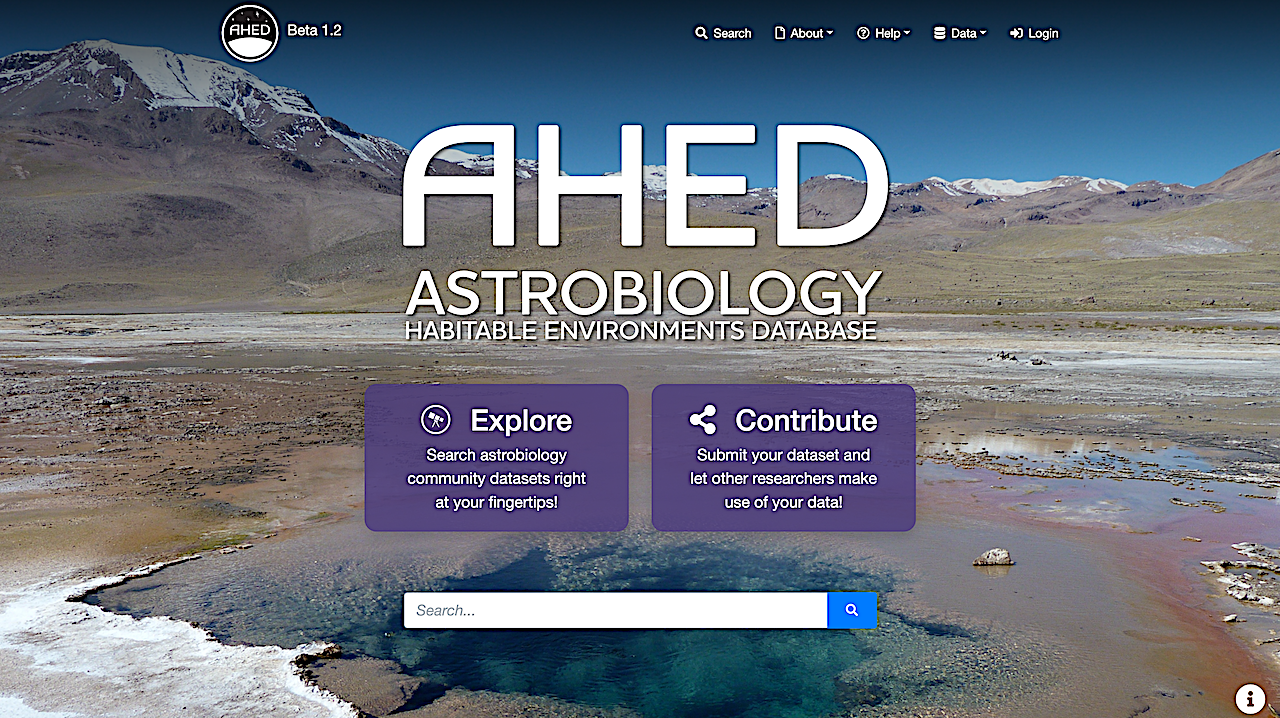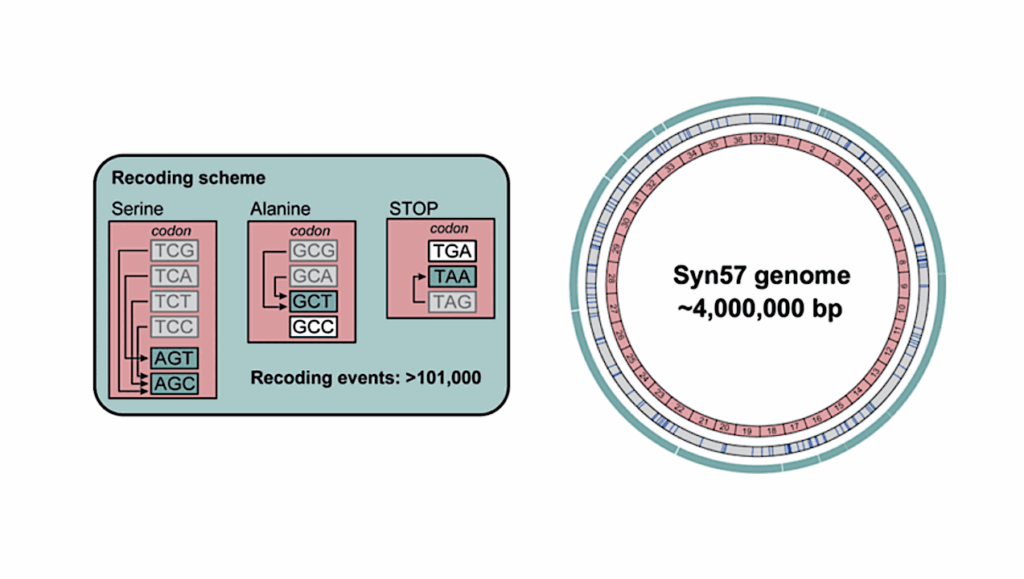The Astrobiology Habitable Environments Database (AHED) and the Astrobiology Resource Metadata Standard (ARMS): Community-driven Tools For Astrobiological Data

The interdisciplinary nature of astrobiology presents challenges to data management, integration, and analysis because of its great diversity.
Each investigation produces a unique set of data products, making it difficult to search across datasets. The Astrobiology Habitable Environments Database (AHED) is a long-term, open-access, and community-driven repository for the storage, search, and analysis of diverse data relevant to astrobiology.
AHED has four components:
1) AHED Web Portal, an interactive platform that provides a multifaceted search interface and a step-by-step guide for the creation of new datasets;
2) Astrobiology Resource Metadata Standard (ARMS), a new metadata standard to enable uniform, internet-based search and discovery of astrobiology ‘resources’ (i.e. virtually any product of astrobiology research – including datasets, physical samples, software, publications, websites, images, video, presentations, etc.);
3) Astrobiology Data Template Library, to facilitate the design of structured and metadata rich datasets, and
4) Open Data Repository (ODR) Data Publisher, an online dataset publishing platform.
The goal of AHED is to promote the discoverability of astrobiology relevant data, while encouraging community adoption of metadata standards and standardized astrobiology terms. Each AHED dataset is described by ARMS, which contains 16 different metadata properties, including 4 astrobiology-specific terms:
1) Field site location, which enables geospatially-restricted search for resources using placenames or geospatial coordinates;
2) Research theme, which associates resources with one of six broad areas of astrobiological research;
3) Astrobiology disciplines that captures the set of science disciplines most relevant to creation or use of resources; and
4) Astrobiology keywords, which characterize resources in much in the same way that journal article keywords summarize publications.
AHED will be hosted on NASA approved web servers, providing scalable resources as the repository develops, while meeting agency’s online security standards. The end result is a platform where data is readily available in a format that will facilitate active, onsite data cataloging, collaboration, data-driven discovery, and analysis of datasets for the astrobiology community.
Lafuente, B. ; Detweiler, A. ; Keller, R. M. ; Stone, N. ; Bristow, T. ; Parenteau, M. N. ; Dateo, C. E.
Publication: American Geophysical Union, Fall Meeting 2019, abstract #P21E-3423
Pub Date: December 2019
Astrobiology








